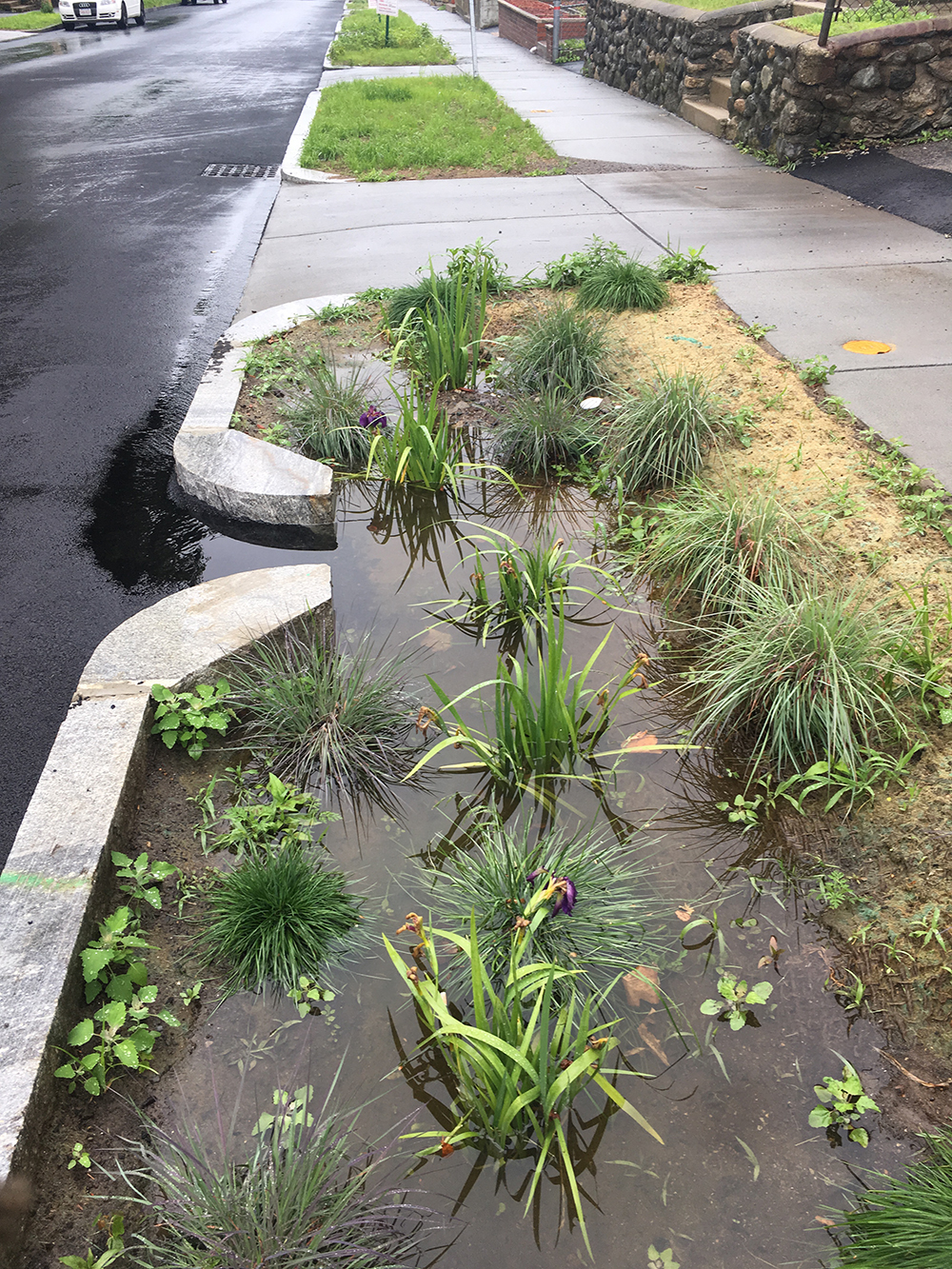


Climate change has resulted in significant weather impacts, including extreme precipitation, inland flooding, heat waves, more frequent drought, sea-level rise, and storm surges. Adapting to this changing climate will require significant effort and investment. Understanding the impacts of climate change is a key component of adapting: the better we understand the impacts, the more prepared we will be to address them.
Historically, many entities, including real estate owners and developers and their consultants, have relied on mapping prepared by the Federal Emergency Management Agency (FEMA) to predict where flooding will occur. Climate change, however, is making the current FEMA flood maps somewhat limited since these maps do not factor future climate change projections. In Massachusetts, the Charles River Watershed Association (CRWA) has adopted a unique approach to flood mapping that can be adopted in other parts of the country.
The Charles River Watershed: The watershed of the Charles River, encompassing over 300 square miles and 35 cities and towns, is home to just under a million people. Past efforts at addressing flooding throughout the watershed have largely been undertaken on a piecemeal basis and have had limited benefits at a watershed scale, including limited assessment of flood mitigation impacts upstream and downstream of the project location at the watershed scale. Flood mitigation projects had also not comprehensively considered future storm projections into planning and design efforts.
The Charles River Climate Compact (CRCC), led by CRWA along with Weston & Sampson and Communities Responding to Extreme Weather (CREW), prepared the Charles River Climate Adaptation Flood Mitigation Implementation Plan. The Plan includes an overview of the development of the Charles River Flood Model (CRFM), and it estimates where and when flooding is likely to occur as the climate changes. Perhaps more importantly, it can also be used to evaluate the potential impact of regional and large-scale flood mitigation actions prior to making significant investments and policy decisions.
Pathway to Implementation: The initiative identified over 50 priority sites with input from the communities as opportunities for individual flood mitigation projects across the watershed that provide flood reduction benefits, along with co-benefits like reducing urban heat island impacts, creating ecosystem habitat, and improving water quality. These sites were screened for feasibility of implementation and concept designs developed for five sites, with public input, including:
• Green stormwater infrastructure, such as bioretention basins, rain gardens, porous pavement, infiltration trenches;
• Adjustments to pond outlet structures to allow the pond elevation to be raised or lowered to accommodate anticipated storm events;
• Wetland restoration; and
• Combined green infrastructure and underground stormwater flood storage.
The plan laid out an implementation pathway for each project, with public engagement being critical. The team involved numerous residents and integrated other ongoing planning efforts to continue this stakeholder collaboration going forward. There was and continues to be a focus on integrating input from climate vulnerable population groups.
This multi-year, ongoing effort identified multiple watershed-wide, neighborhood-scale, and site-specific projects and strategies that communities can begin to act on to build resilience and protect vulnerable residents. As a large-scale regional effort, the group also developed broad recommendations which can be readily applied to other regional efforts such as:
• Planning recommendation: set flood reduction targets to avoid chasing impossible goals;
• Aggressive flood mitigation actions are needed at multiple locations and multiple scales across the watershed;
• Select and take actions matched to the local landscape, locations in the watershed, and community priorities;
• Combined and layered solutions: no one action is likely to be a panacea;
• Target new and redevelopment as opportunities for flood mitigation; and
• Continue to seek local improvements like priority projects identified in the Plan
Going Forward: Many of the strategies identified and analyzed demonstrate a strong potential to significantly reduce flooding. These actions are ambitious and will take time, financial resources, and political will to implement. The focus on nature-based solutions helps provide these investments with immediate community and environmental benefits while building flood resilience that considers future climate impacts. One such ambitious scenario would require that new construction and redevelopment projects build storage for runoff from a present-day 100-yr (1% chance of occurring in any given year) storm event, or 8.2” of rain in 24 hours. Properties would have to contain their stormwater runoff on-site or identify offsite storage opportunities. Implementing this broadly through local policy changes can reduce flooding considerably for a projected future storm event.
However, it is important to note that even such an aggressive potential scenario will not eliminate flooding and will not protect all people and all properties from extreme storm events. Flooding will still occur but will likely be significantly reduced and possibly even improved at certain locations compared to the flooding from storms we experience today under the no-action scenario.
Our challenge as a region is to identify and invest in flood mitigation measures that demonstrate results, fit with community values, and build equity while preparing for the inevitable flooding that will still impact us.
A longer version of this article was previously published in the April 2024 issue of Stormwater Solutions.
Indrani Ghosh, PhD, is climate resilience practice leader and Janet Moonan, PE, is water resources engineering team leader and senior project manager at Weston & Sampson. Julie Wood is the climate resilience director for the Charles River Watershed Association.
 (1).png)








